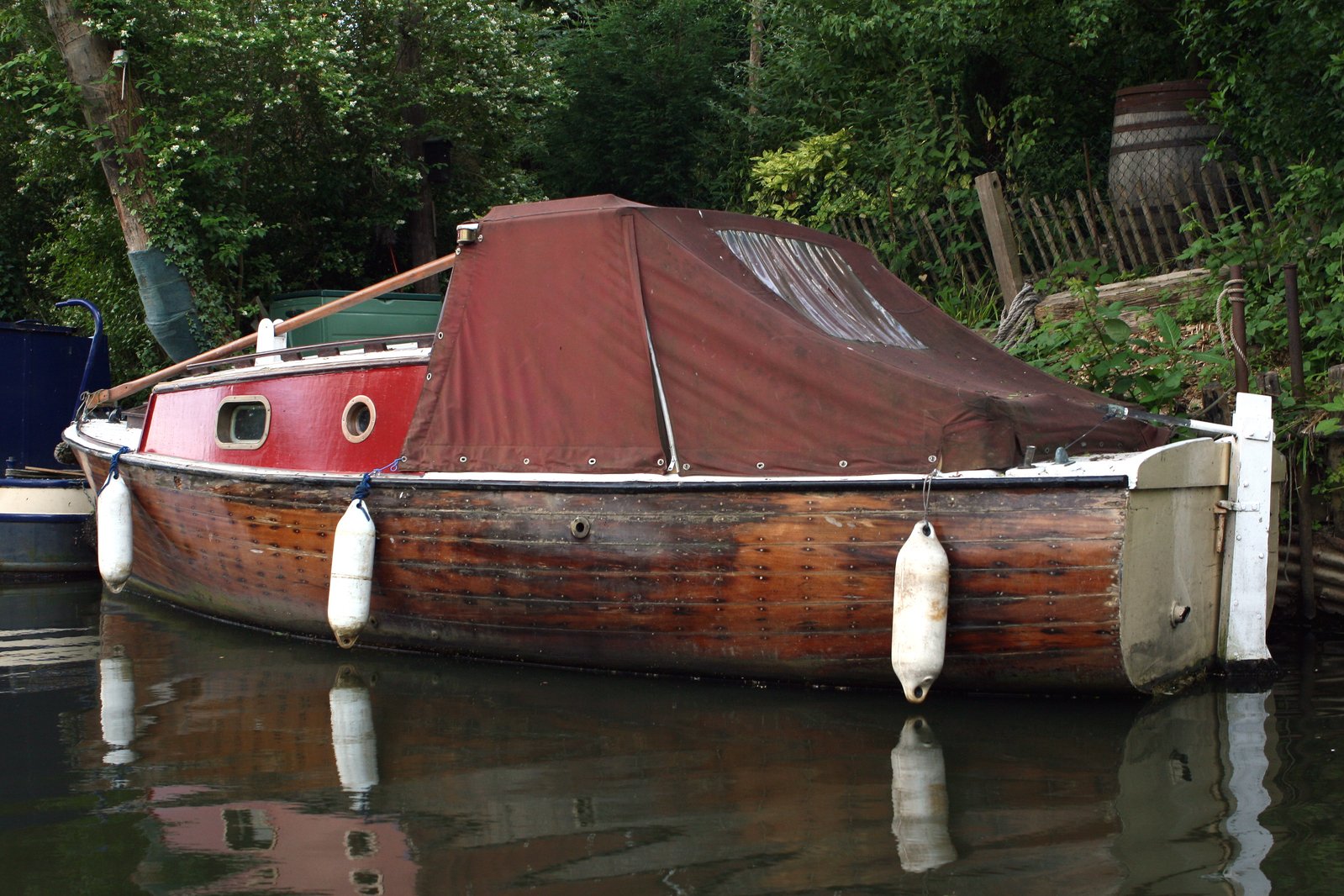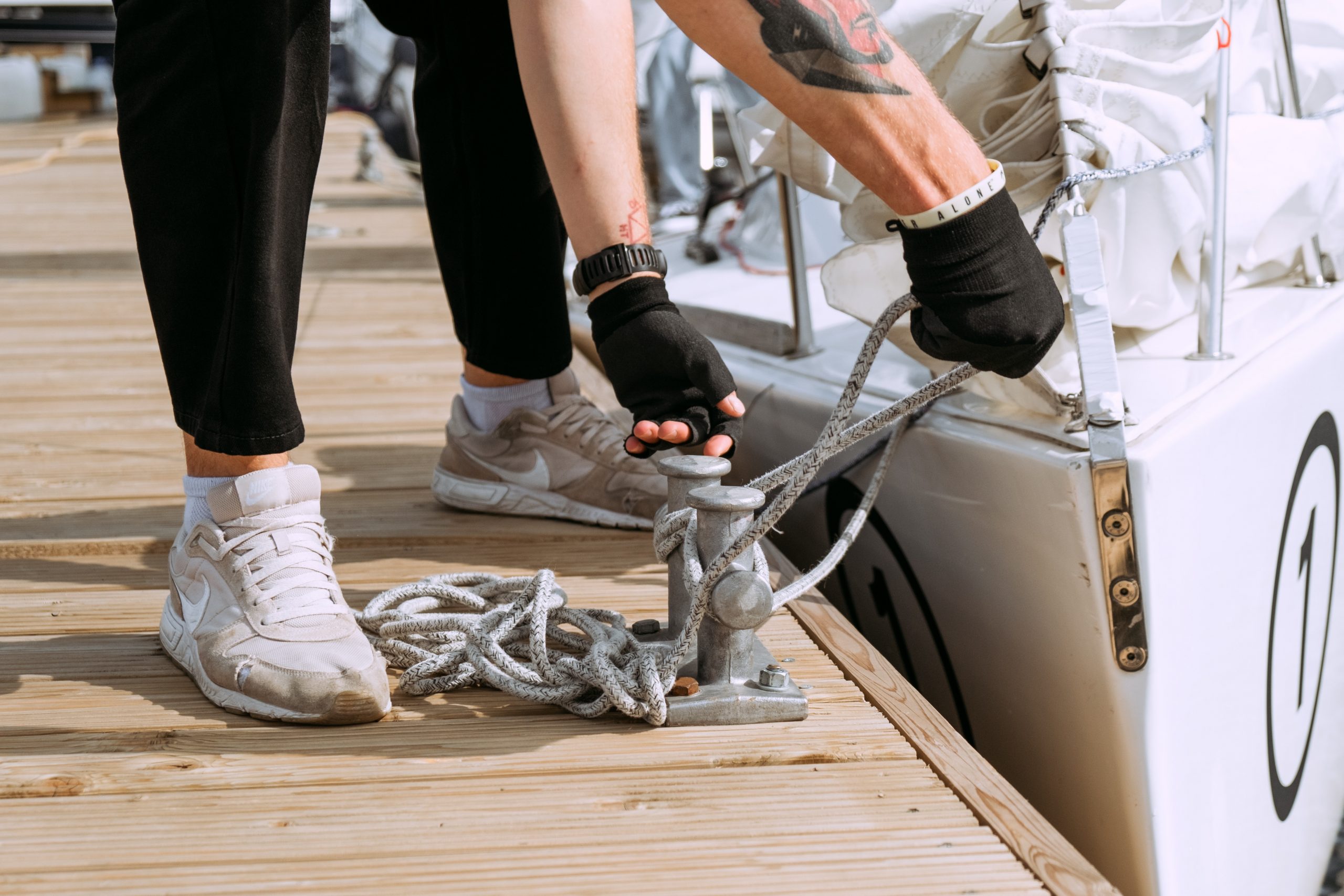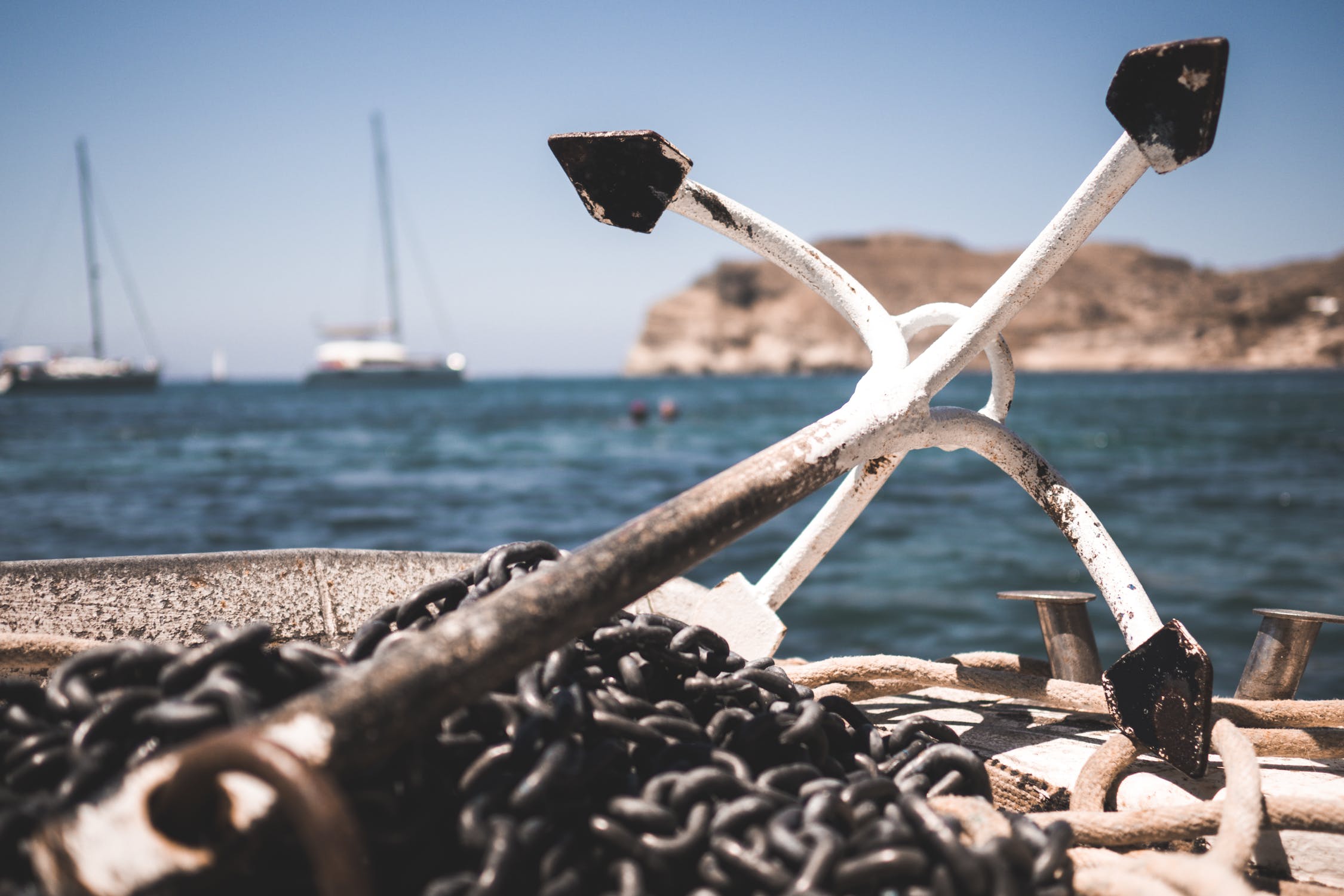
What are the important things to keep in mind when buying a windlass for your boat?
In this article, we break down what such factors are and get rid of any lingering confusion between horizontal and vertical windlasses.
What Is a Windlass?
A windlass is a device that’s used to get a boat anchor from below the water. Think of it as a nautical version of a winch that’s used on land vehicles.
However, it’s also valuable in keeping an anchor in place to prevent the boat from drifting away when it doesn’t need to leave the dock.
What Are Windlasses Used For?
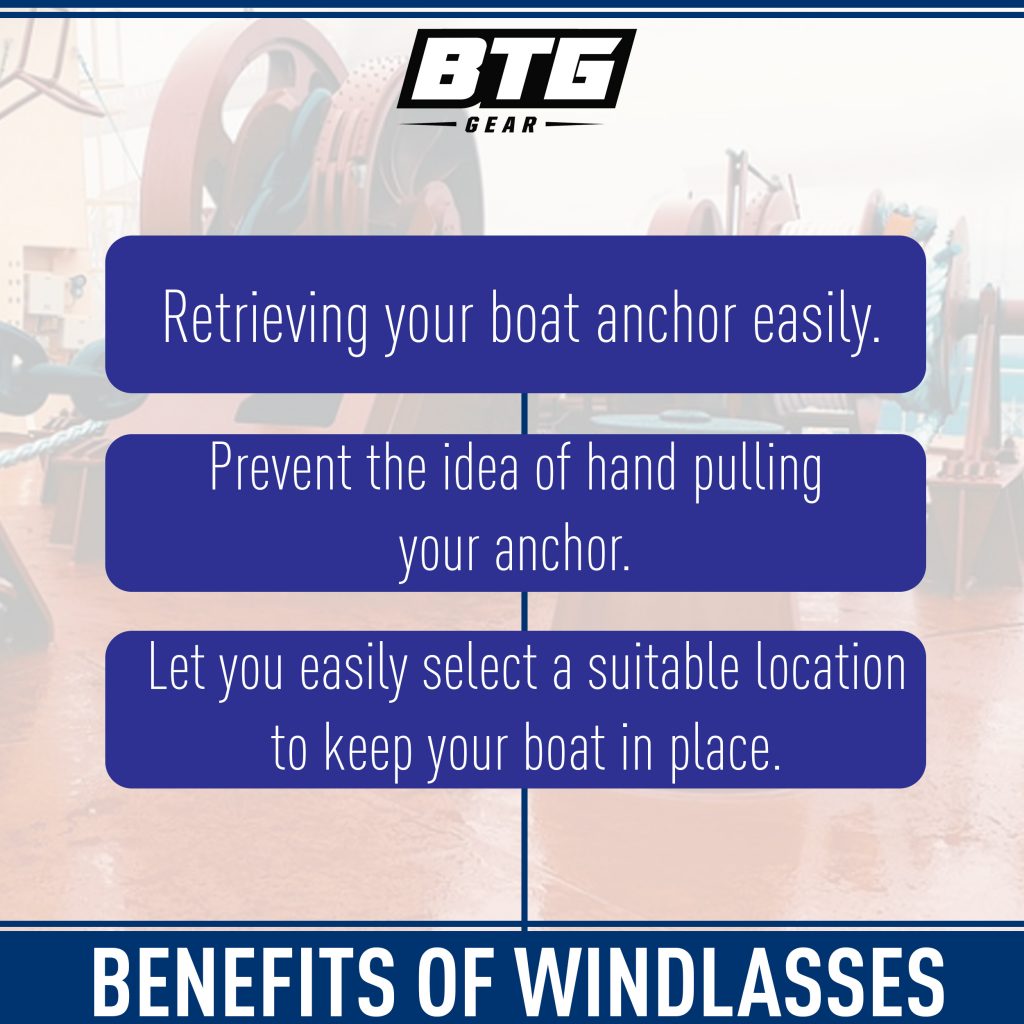
Losing your boat won’t be a problem because windlasses’ main uses are stated above.
1. Horizontal vs Vertical Windlass
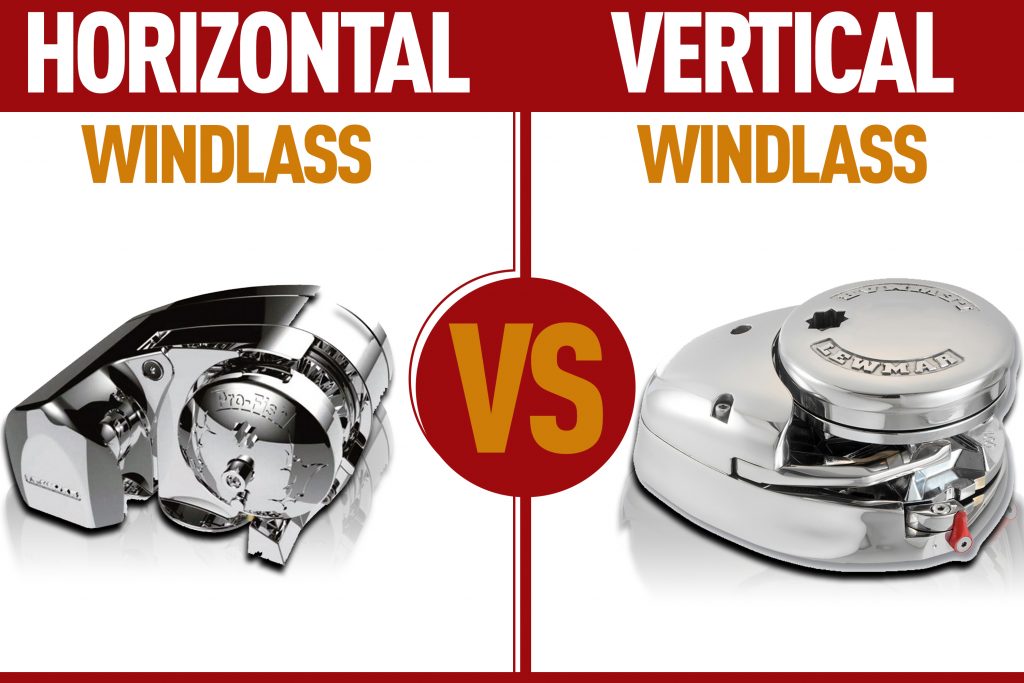
Horizontal windlasses are exactly how they sound. The main shaft is positioned in such a way it’s across the motor and the deck. What’s notable about them is they’re easy to monitor and maintain because their motor and gearbox are on the same level with the deck or workstation.
What about their installation?
2. Windlass Chain Types

Windlass chains basically come in two types: BBB chain and HT chain. It’s important to know which type of chain your windlass will accept because one is not compatible with the other. Here are some differences between BBB and HT chain:
- HT Chains – This is the most common type of chain that windlasses accept. They are very popular for their high-load limit that can reach to more than 9,000 lbs. They’re widely used because they provide a uniform fitment for different windlasses as long as they have the “HT” mark.
- BBB and Proof Coil Chains – This used to be the gold standard for windlass chains but has fallen out of favor for HT chains. You won’t match windlasses with an “HT” mark and generally have a working load far lower than HT chain.
3. Windlass Chain Size
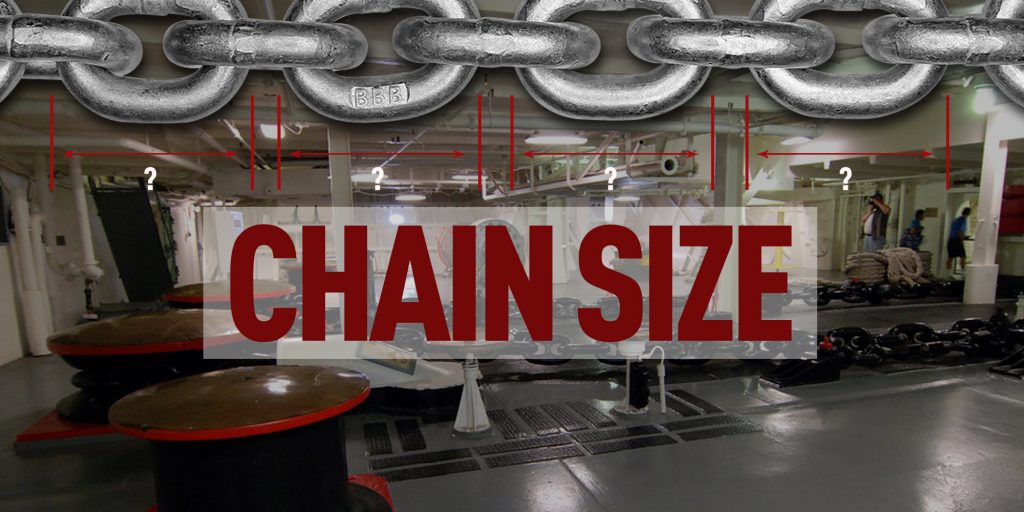
The windlass chains’ load limit determines their durability. As a general rule, bigger chain size means higher strength. And since there’s only one chain size and type that fit many windlasses, the 5/16″ HT chain is mostly preferred.
Take note, you can’t fit just about any chain size to your windlass except the one that’s specified by the product manufacturer because it can easily damage your windlass.
4. Windlass Pulling Power
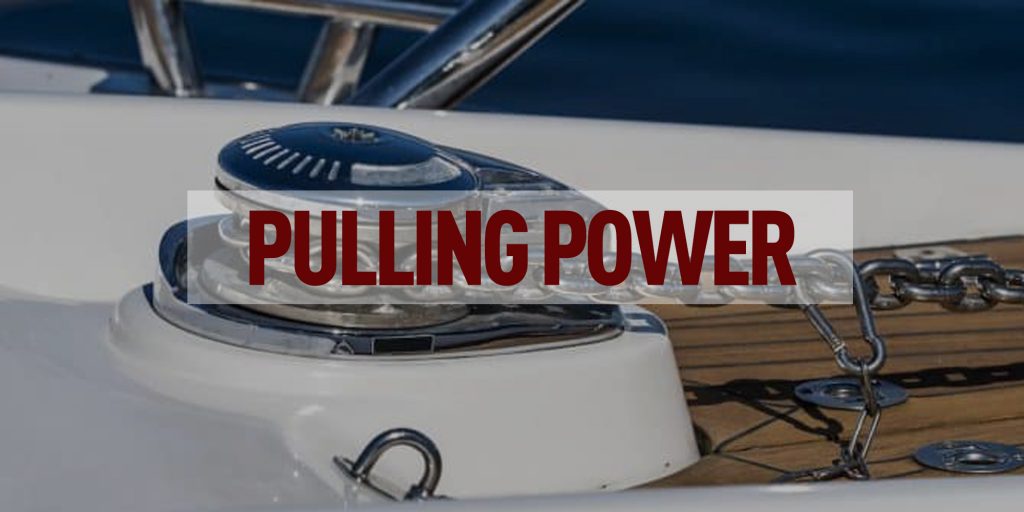
The materials where your boat is made from influence the pulling capacity of your windlass and so does the heaviness of your anchors.
How Do I Choose a Windlass?
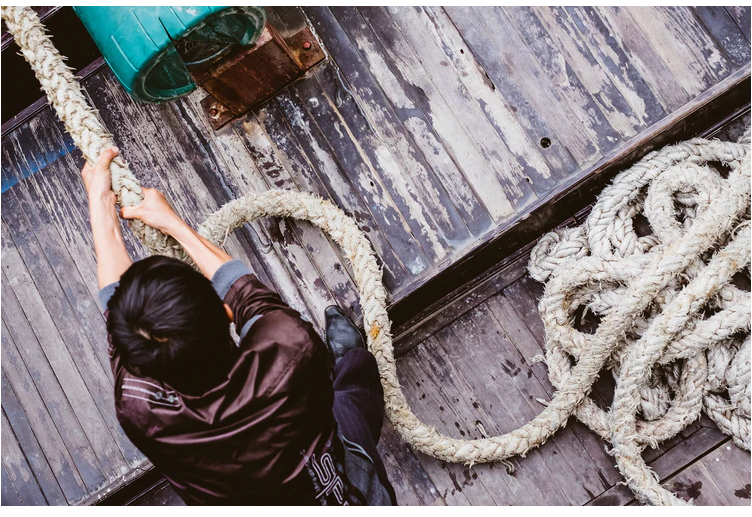
In selecting a windlass that can effectively pull your anchor, take into consideration the weight of your anchor and ground tackle. Add the two and multiply the sum by three.
So, if anchor is 32 lbs and anchor rode is 53 lbs, you’ll get 85*3= 255 lbs.
5. Mounting a Windlass
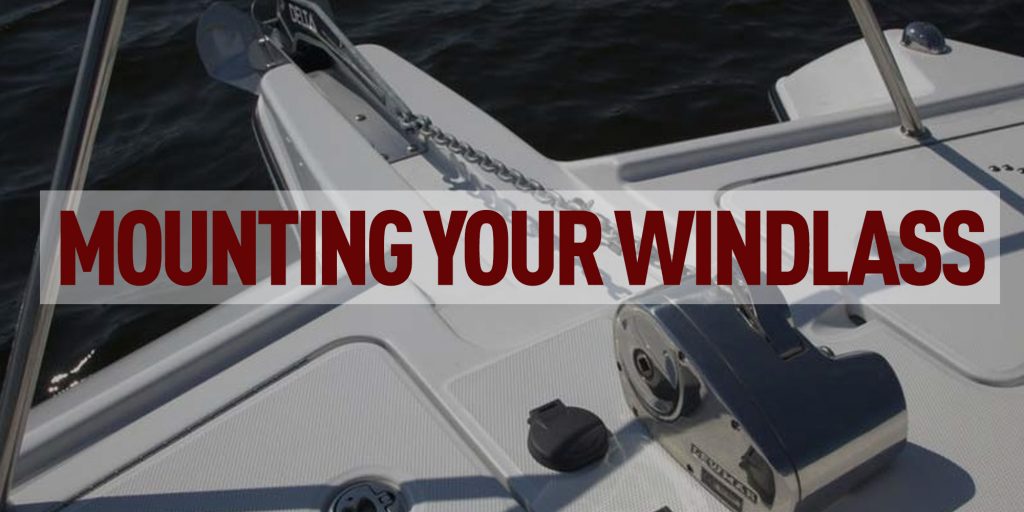
If you’ll be installing a vertical windlass on your boat, you may create 2 holes on the foredeck; one for the motor and the other where the chain can be fed down.
For electric windlasses, be very careful of the wires’ size and how the wires run from the batteries to the chain locker. Since windlasses are basically meant to operate at a maximum of 10% voltage drum, a very small wire can lead to a performance inefficiency.
How Do I Maintain a Windlass?

If you can’t monitor the condition of your windlass every now and then because you’re either busy or you rarely use your boat, subjecting it to maintenance checks for at least once a year is enough.
However, bear in mind that the frequency of windlass maintenance depends on the manufacturer and the type of windlass you’ll be using.
How Do You Secure a Windlass?
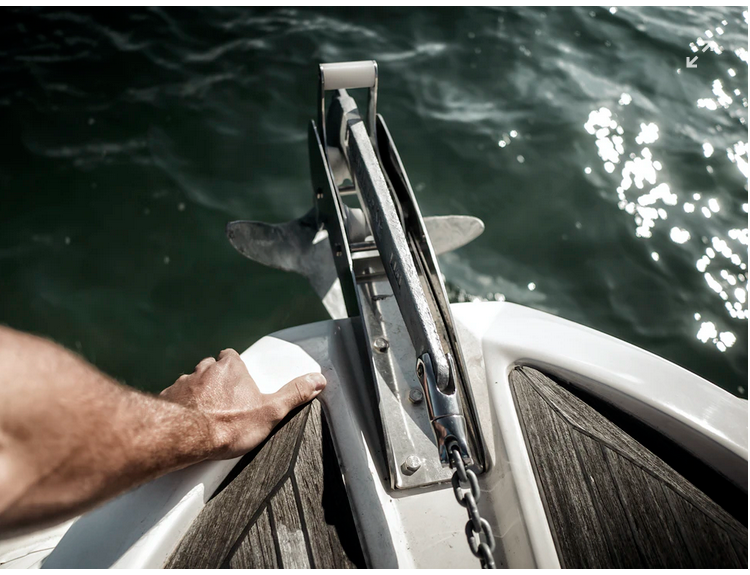
When using a windlass, here are some tips you should heed to avoid accidents and ensure your windlass works properly:
- Keep your hands away from the moving parts, chain, gypsy, etc., so you don’t get hurt.
- If you have an electric windlass, power panel should be “on” otherwise, your windlass remote won’t work.
- Let out 5x the amount of anchor chain based on water depth. Doing this helps you snugly cling your anchor to the bottom (not too tight or too loose).
Conclusion
Selecting a windlass goes down to what fits your boat and what works for you. When you keep these in mind, you look at various options available which will help you decide if you’re better off with either the traditional windlasses or those something new. Let’s hear your thoughts by splashing your comments below.

